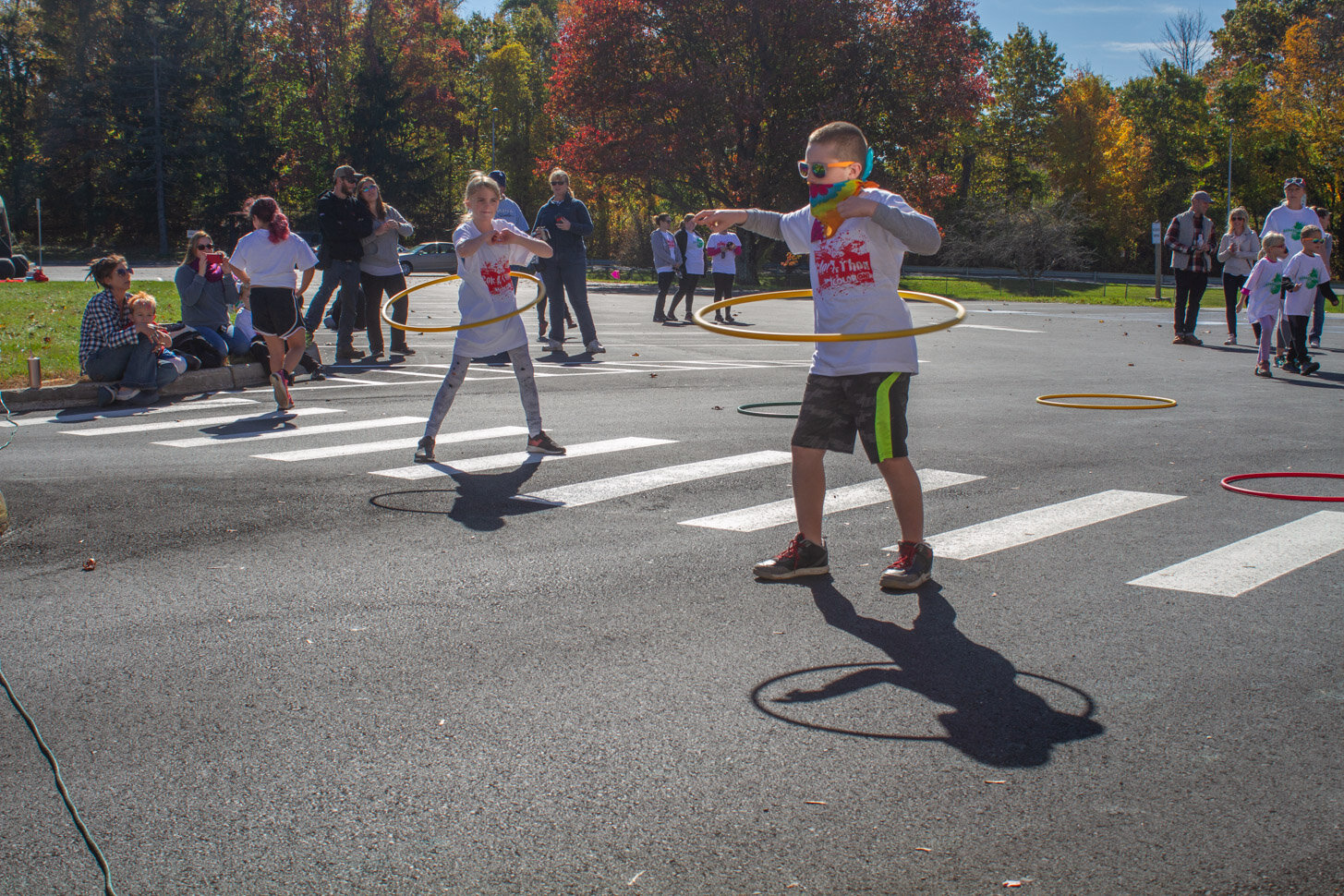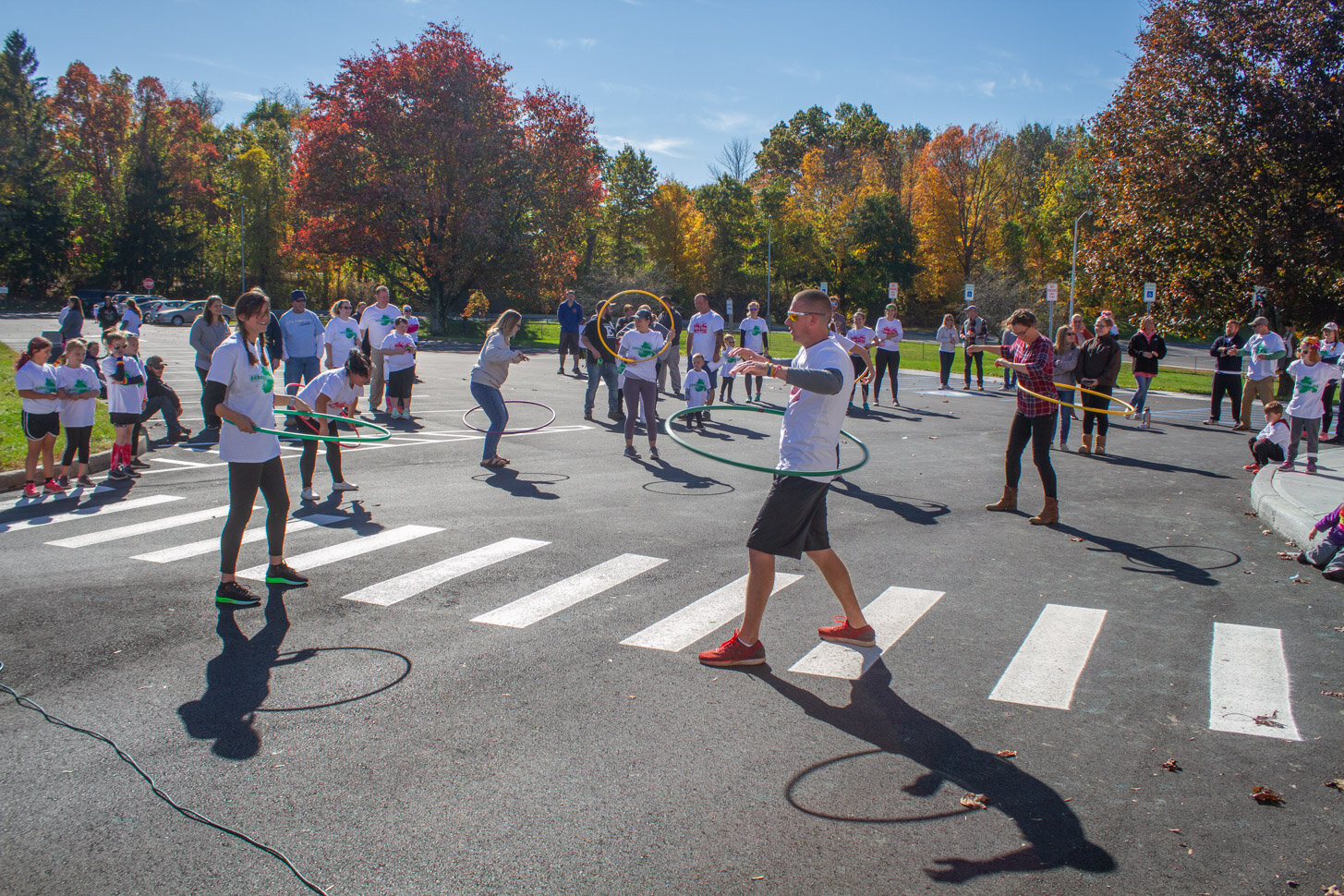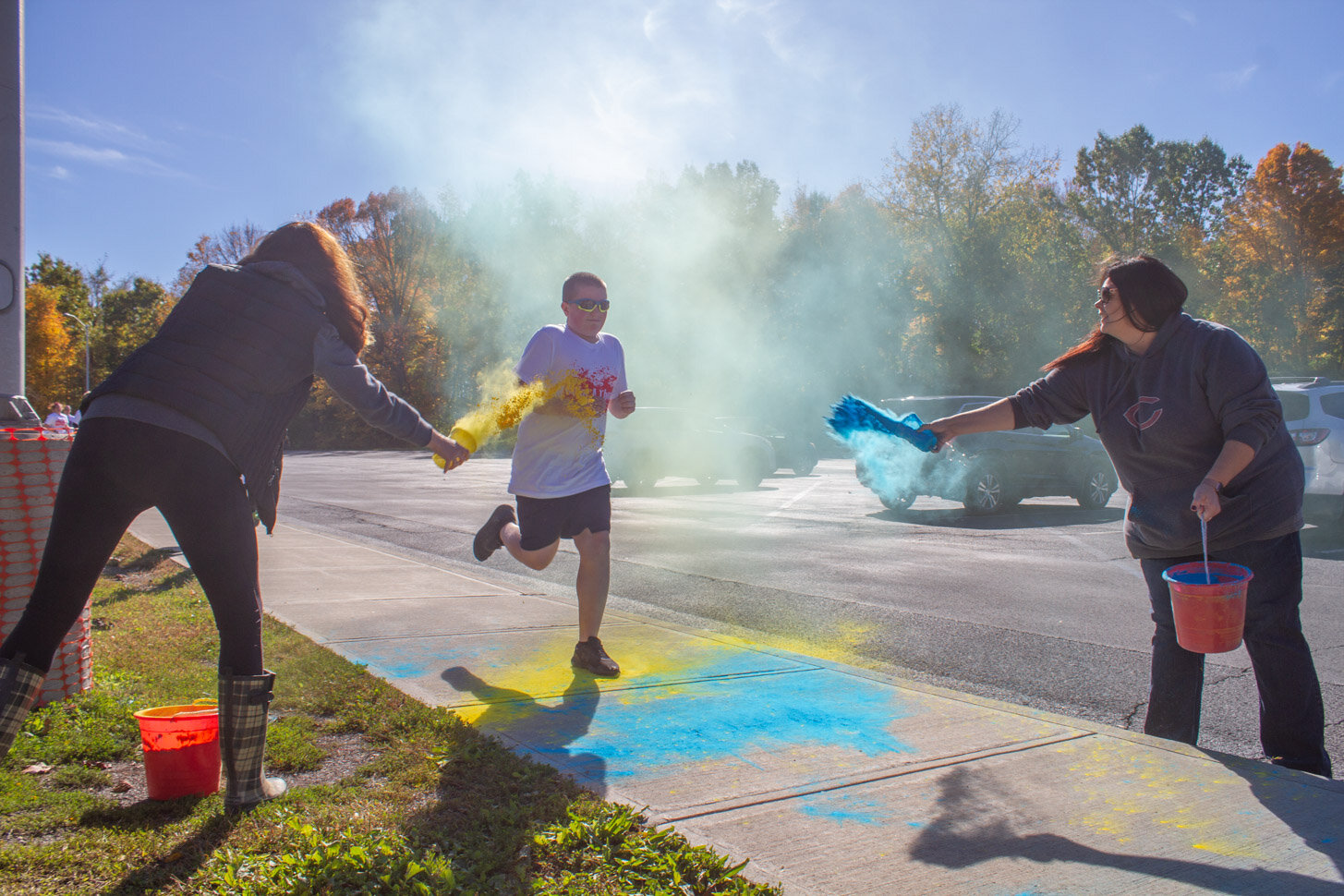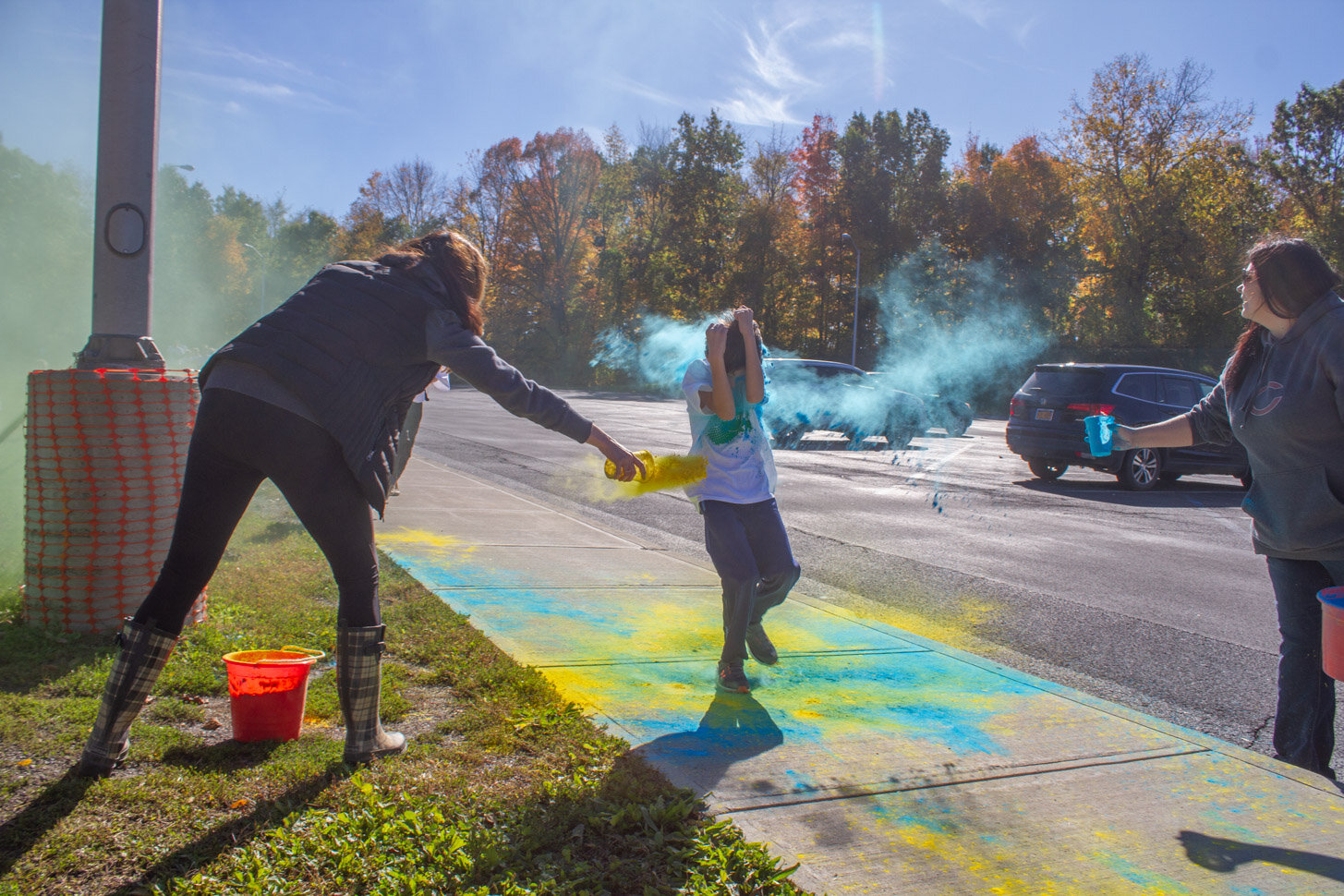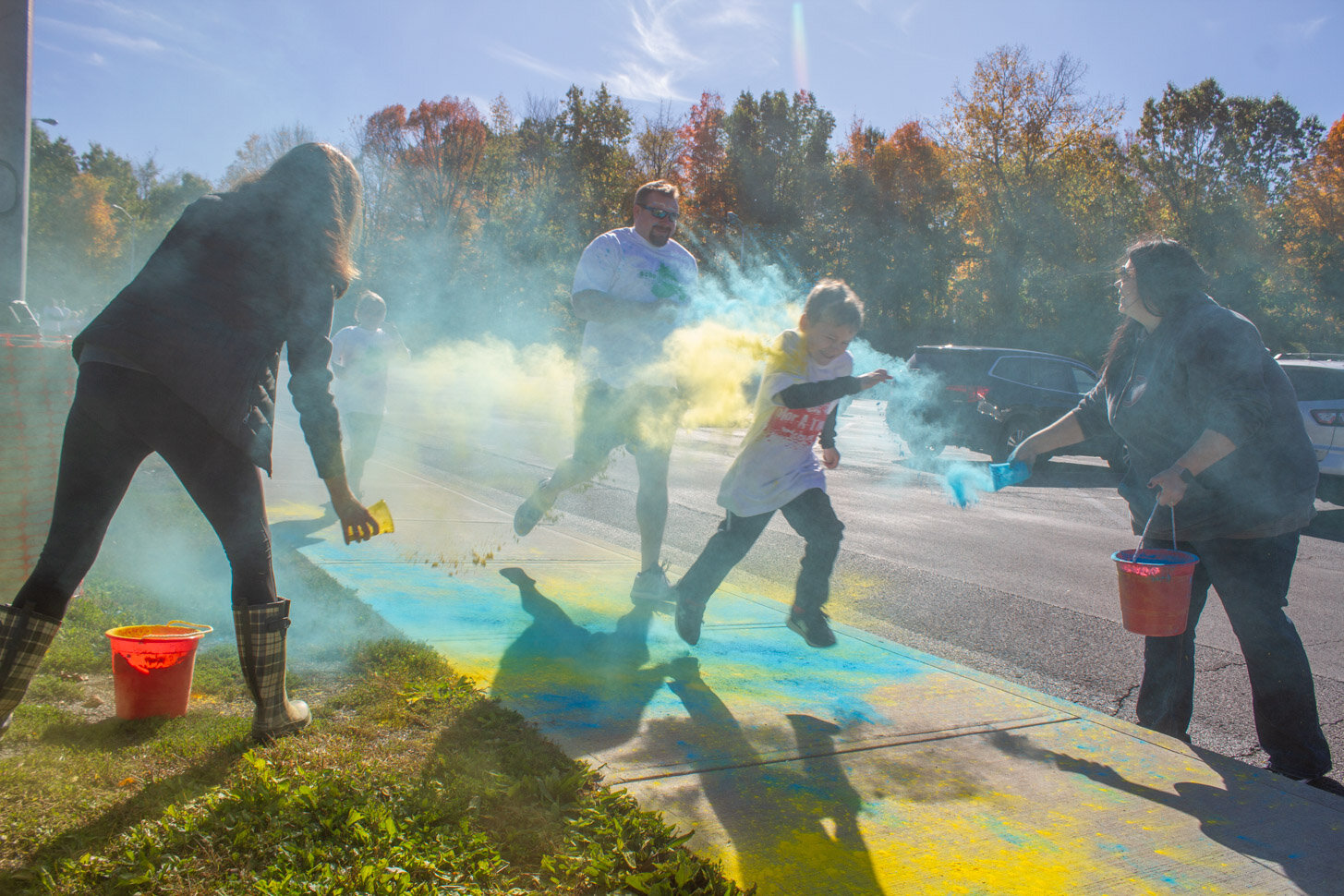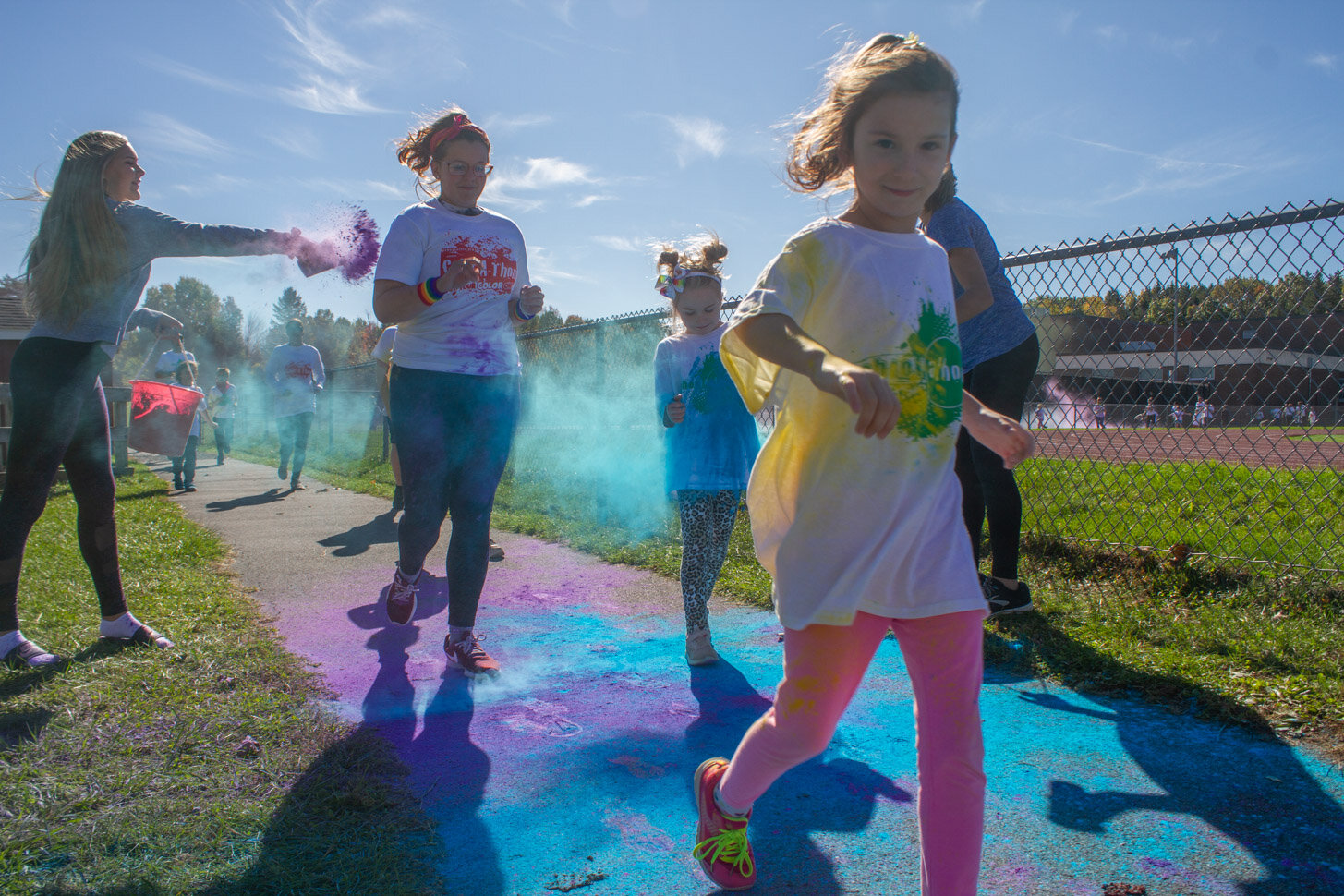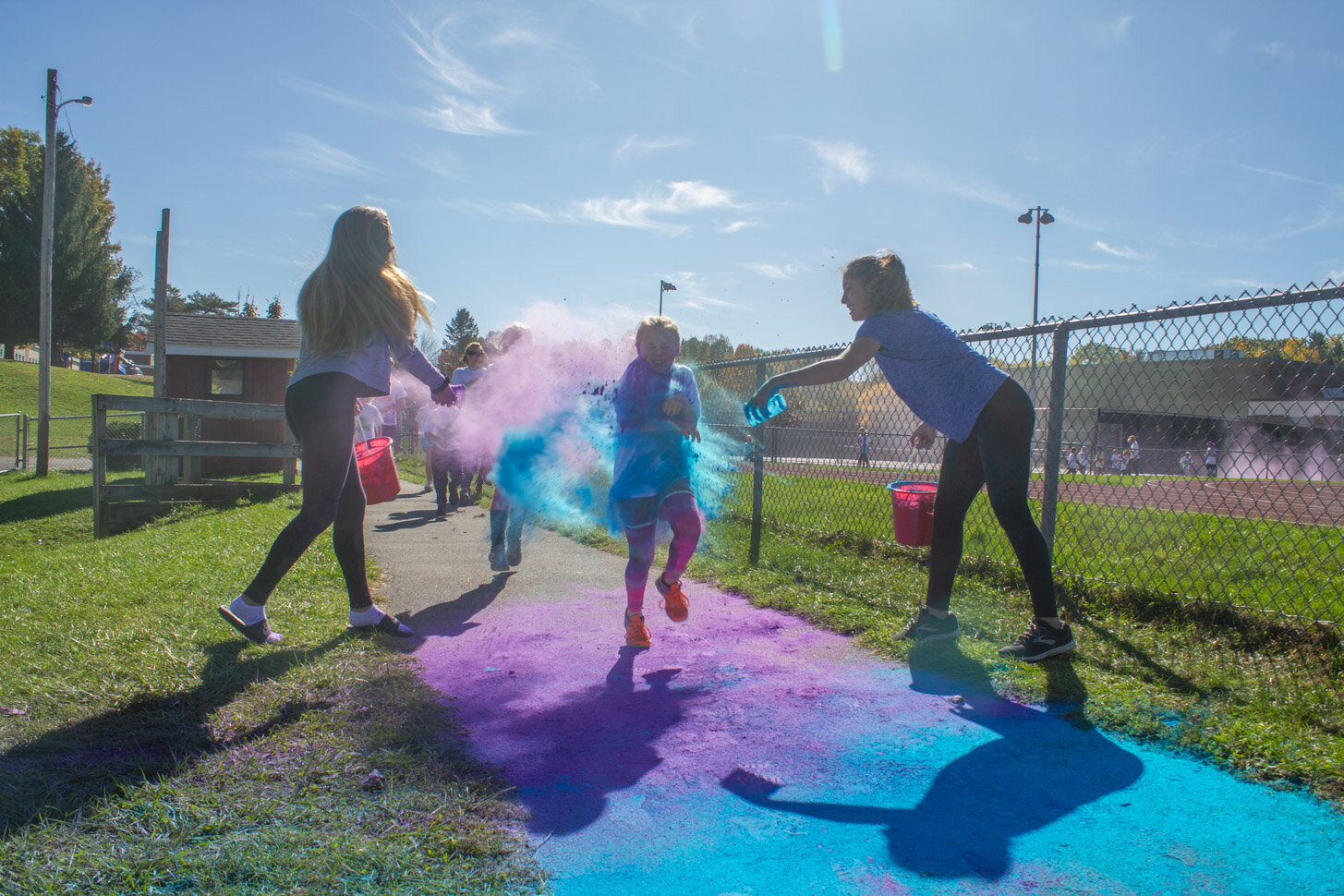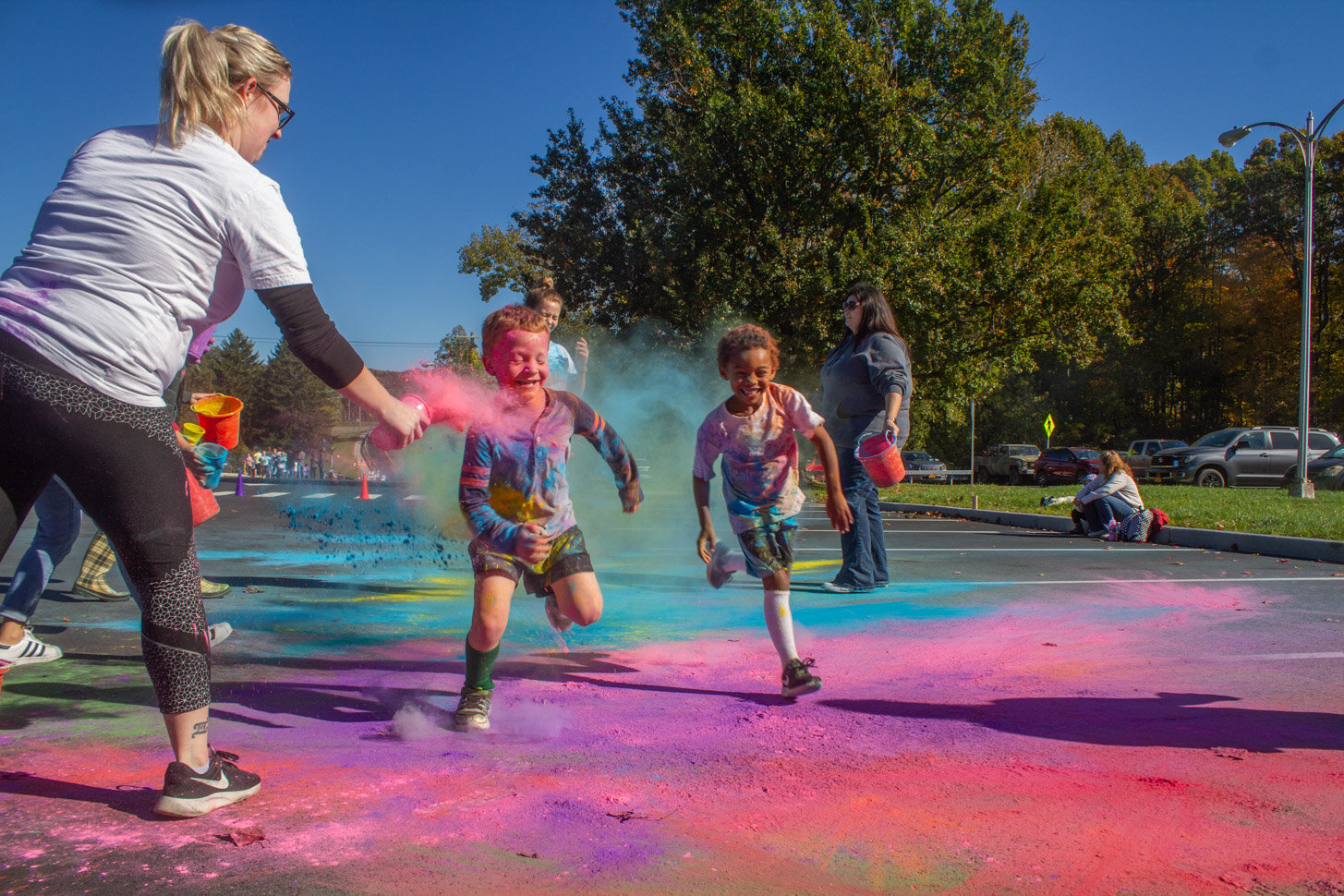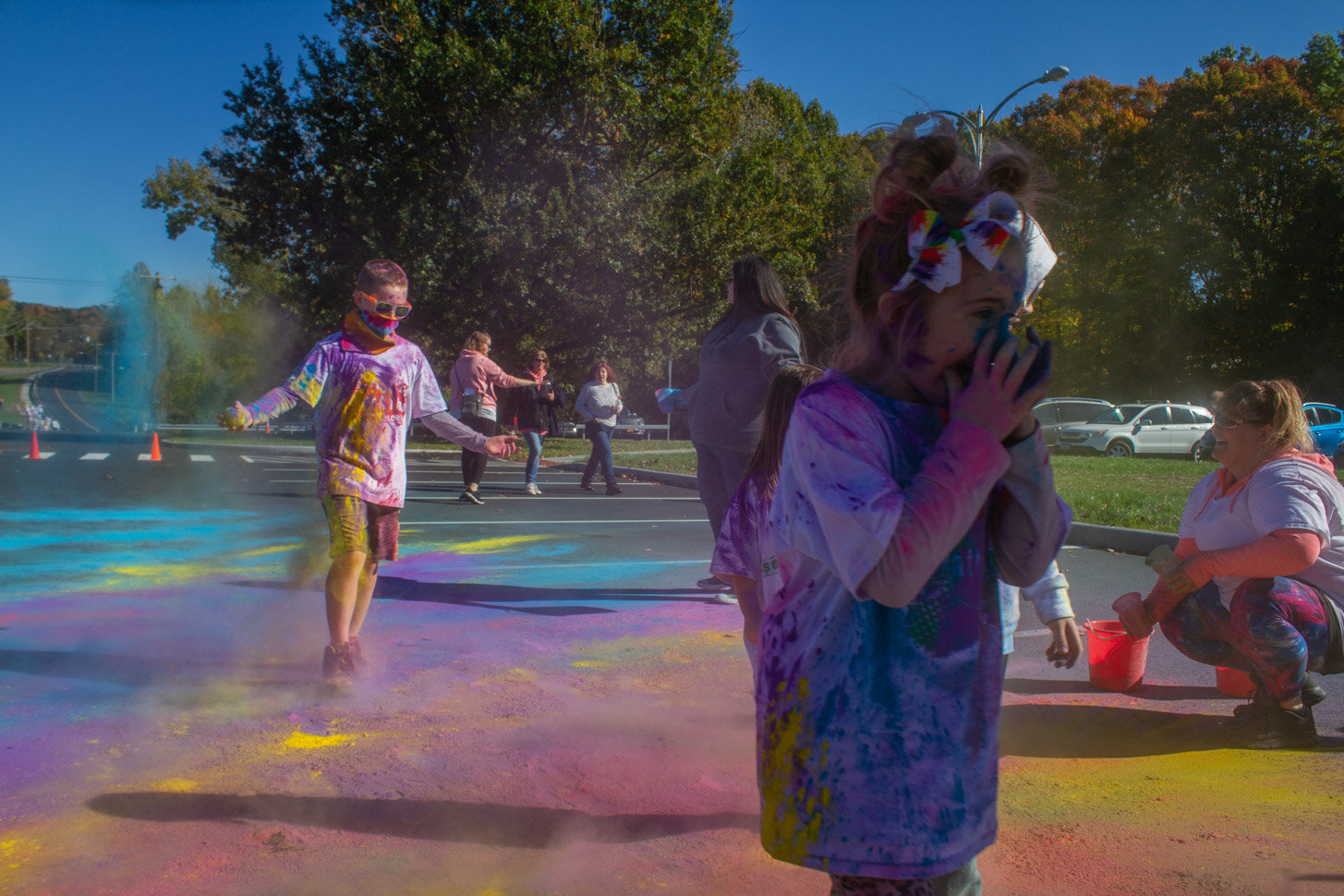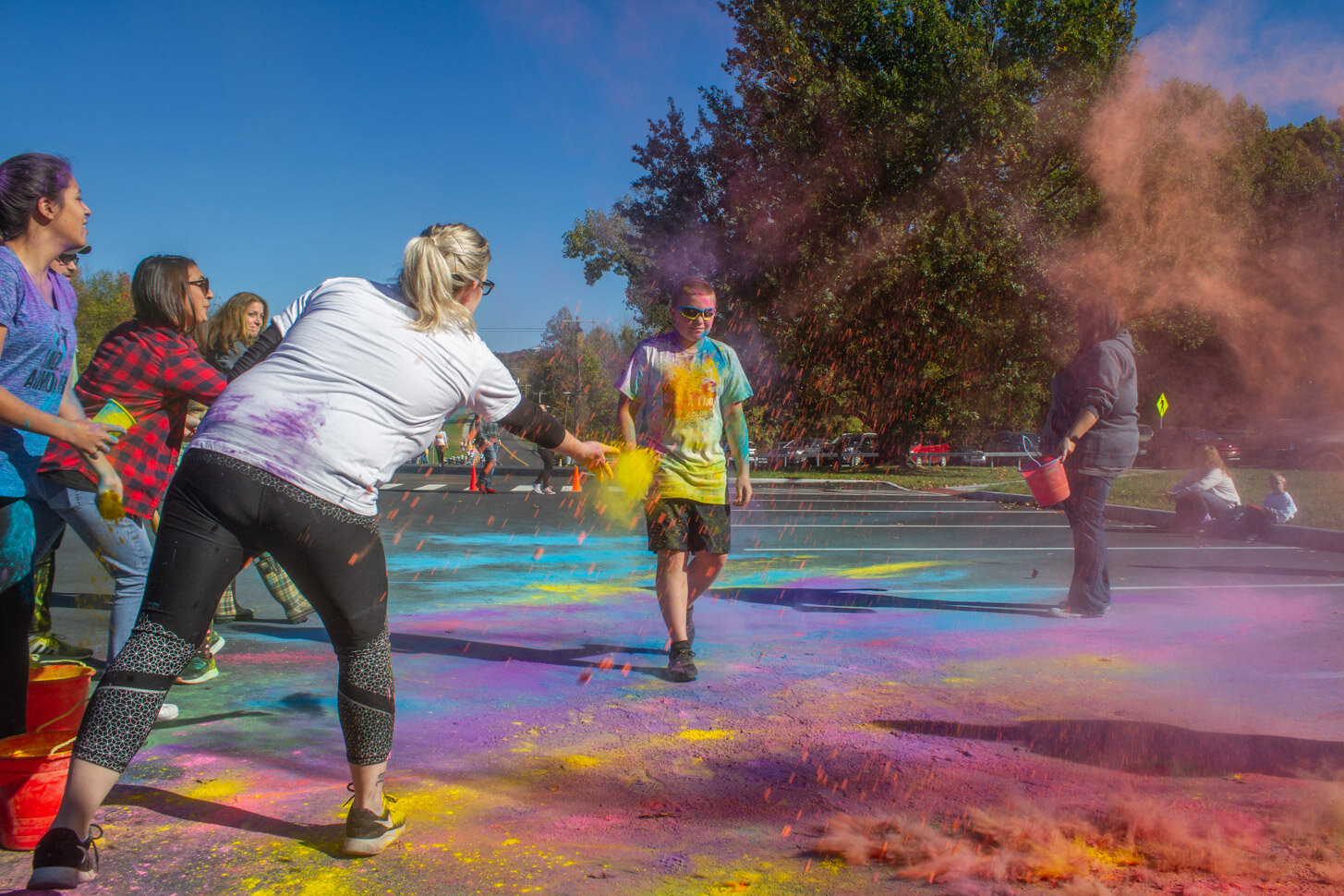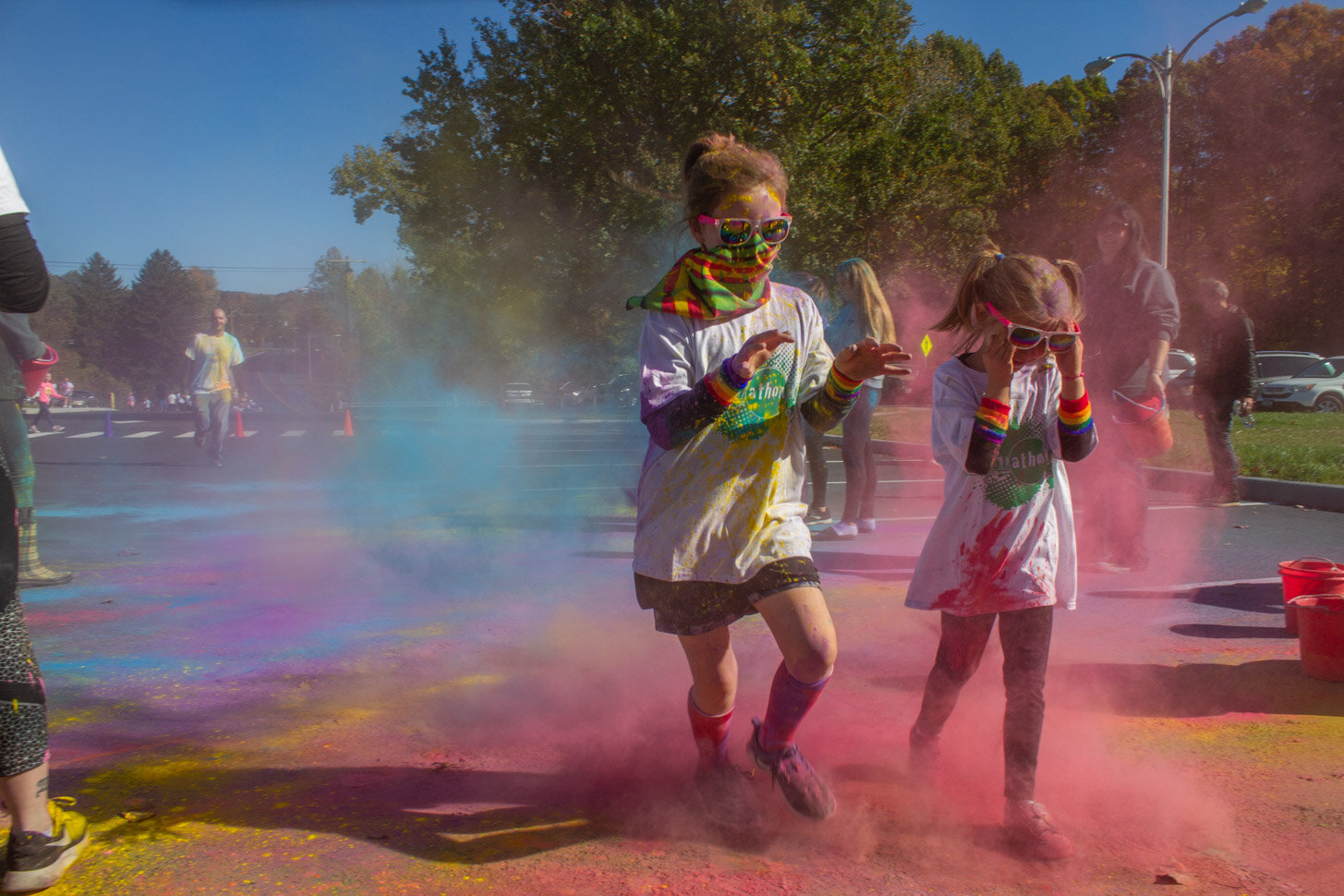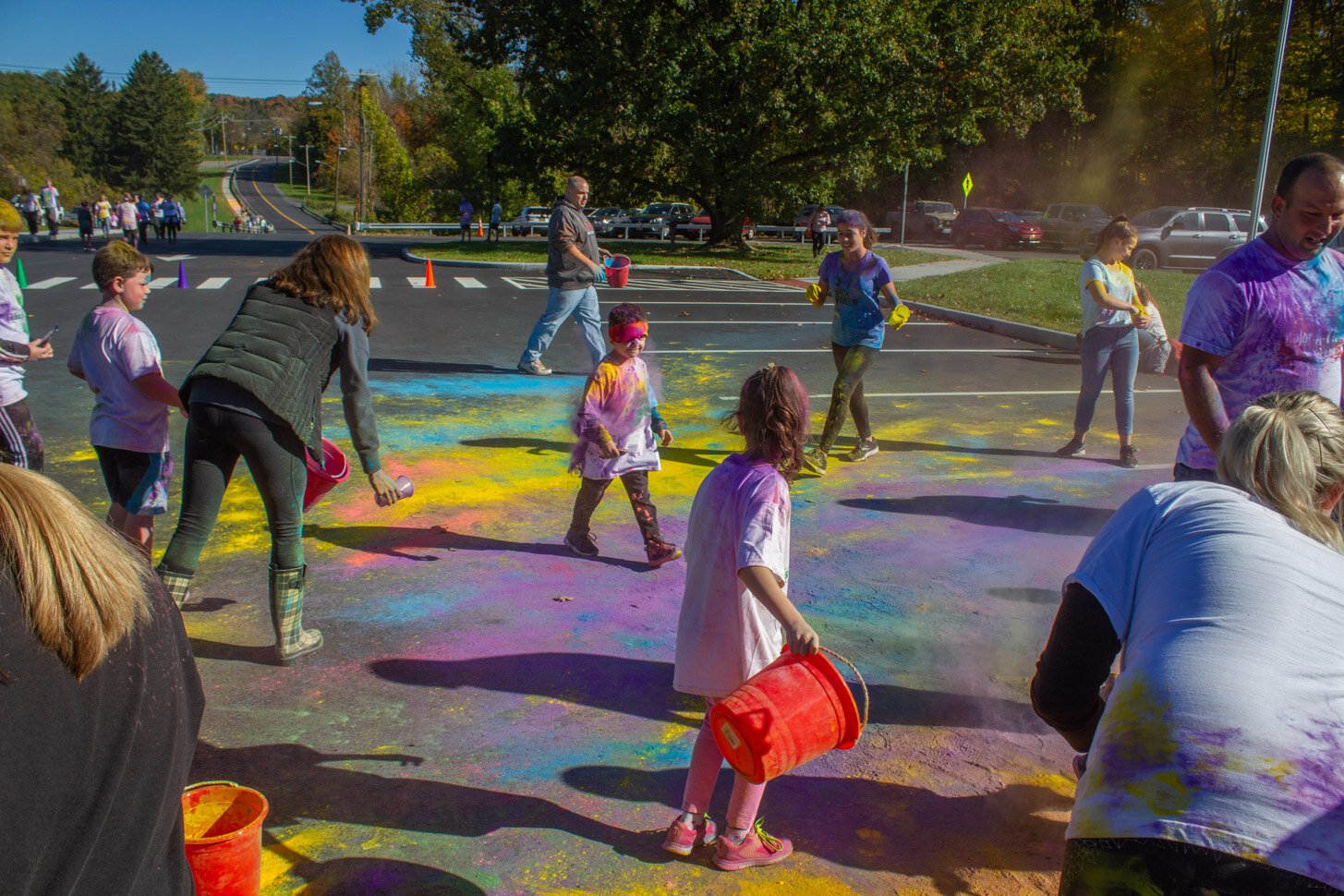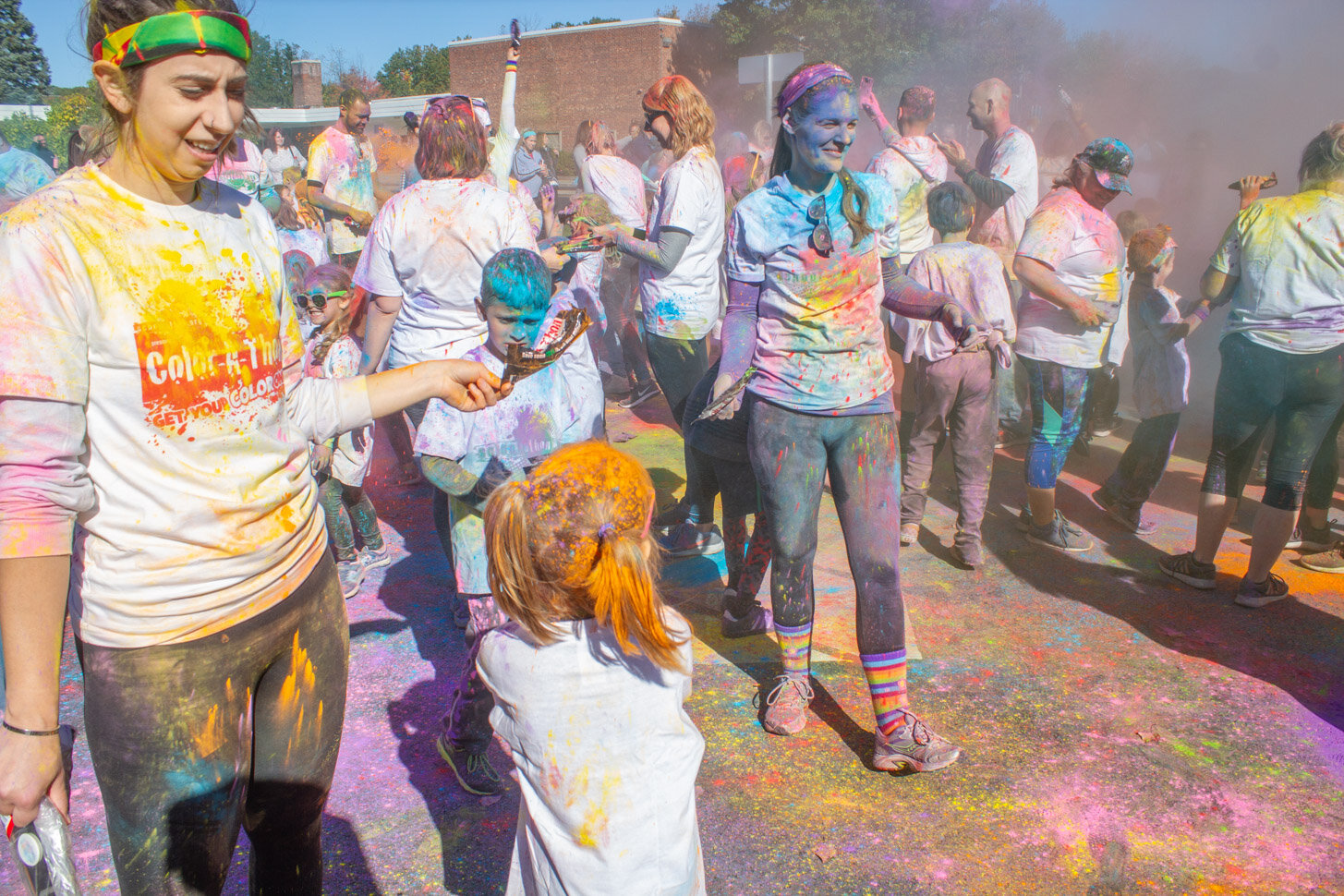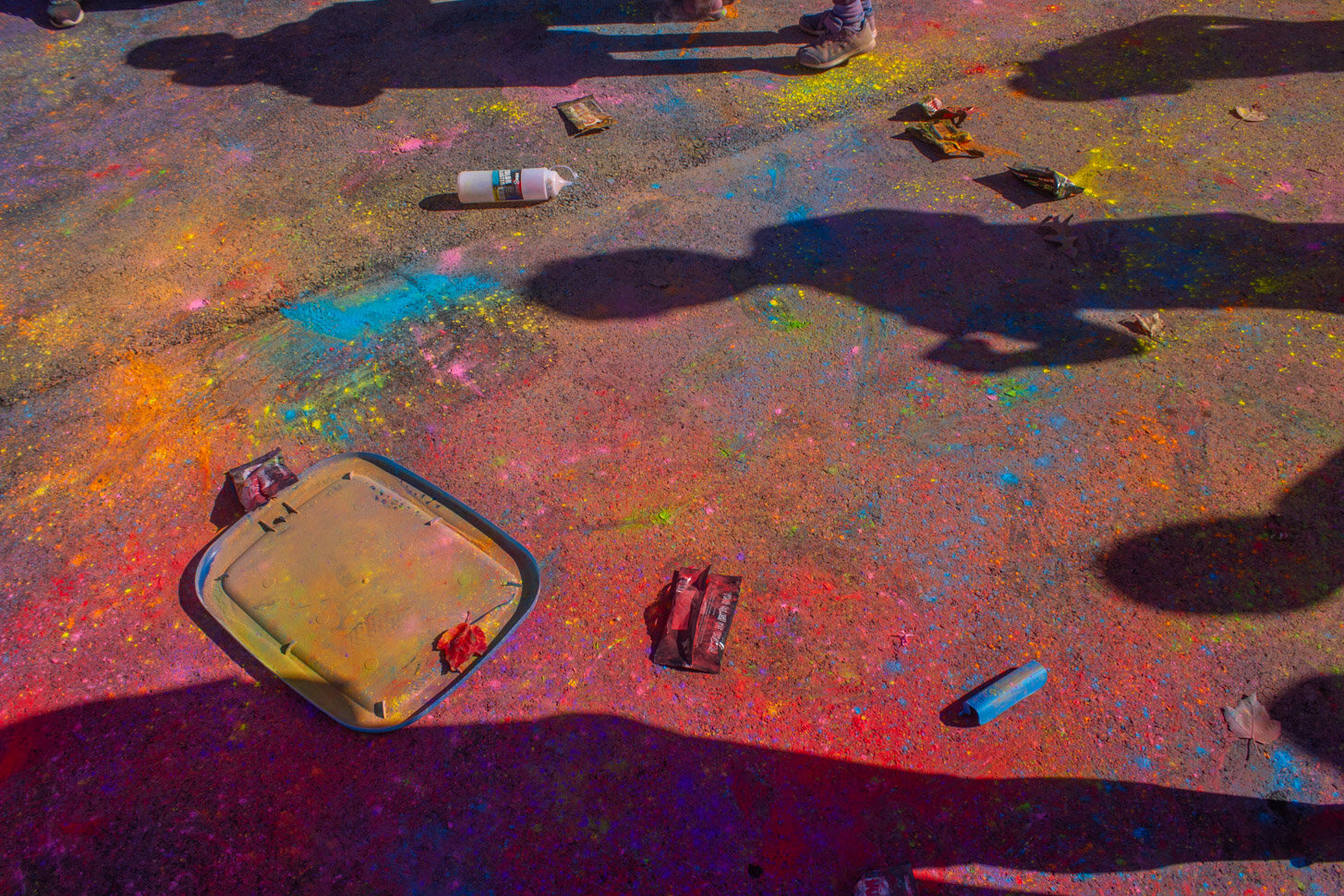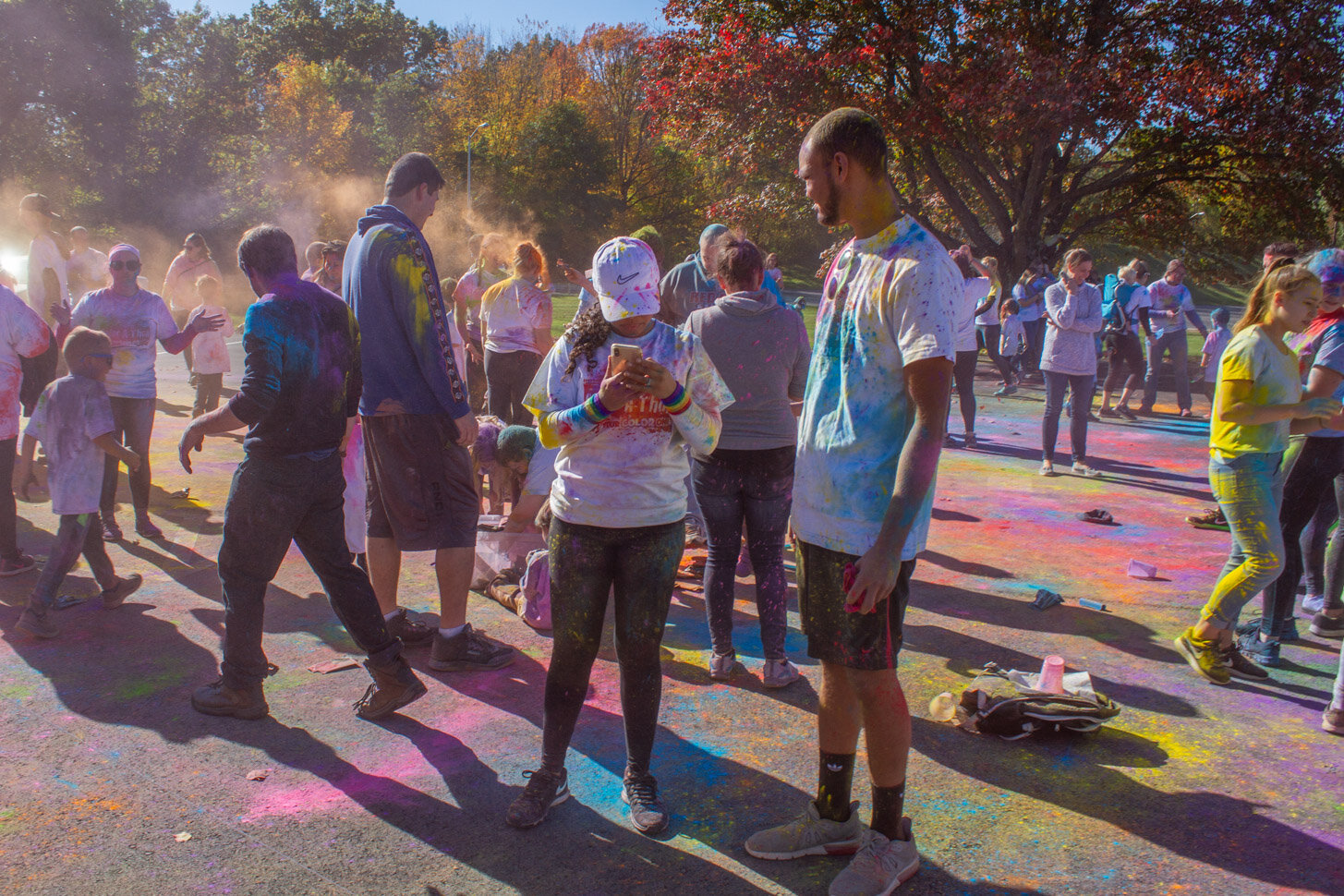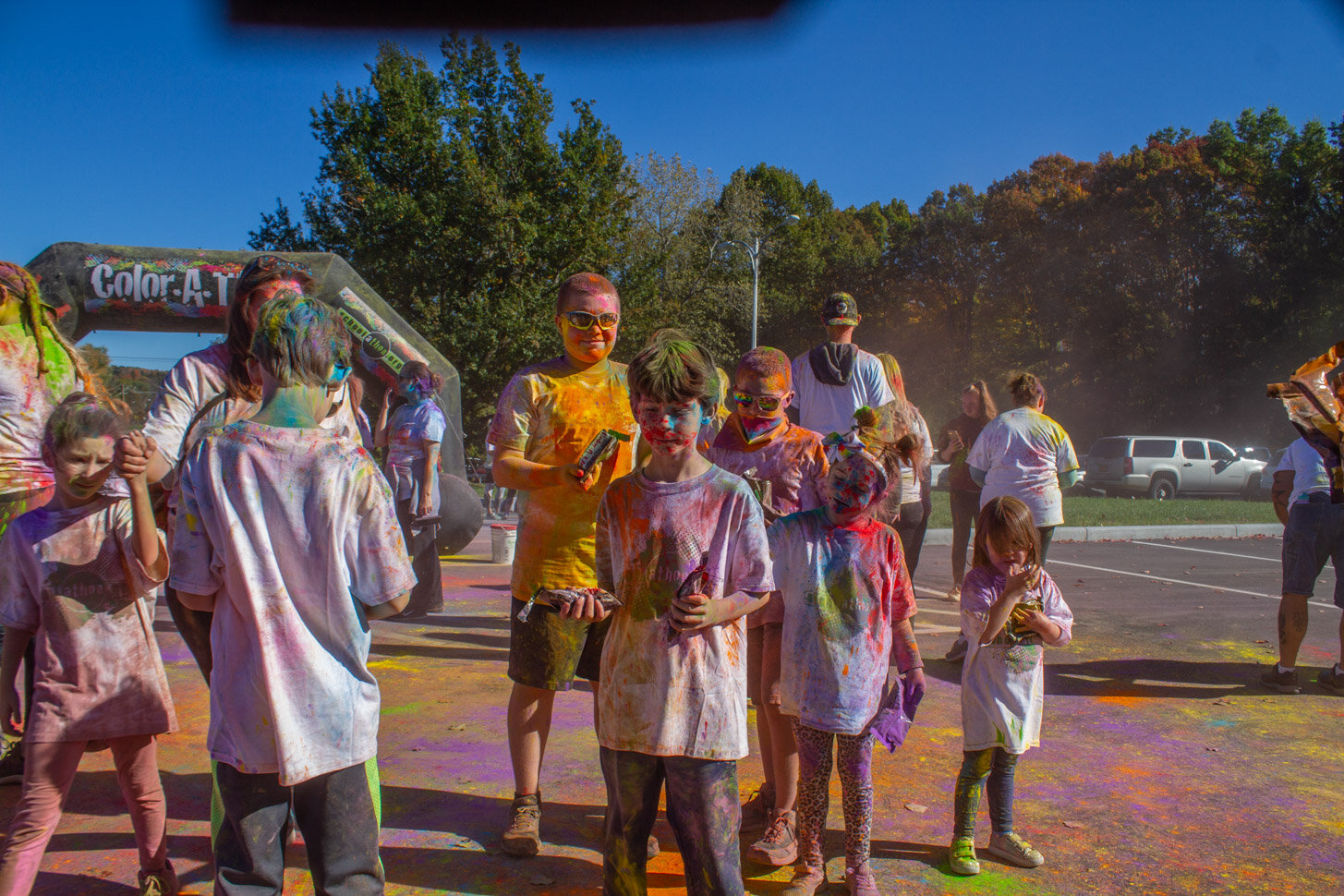Keith Haring
Born 1958 and died in 1990
His style of work is a mix of pop art and graffiti. In his early days he would graffiti ever where he could for the most part trying not to get arrested, Which at times he did. His style became a widely recognized visual language.
In his later work often addressed political and societal themes.
He was an artist from the start, making drawings with his dad.
His influences were the classic cartoonists like Walt Disney, Dr. Seuss, Charles Schulz.
He studied commercial art in the late 70’s at Pittsburgh's Ivy School of Professional Art, but lost interest.
He was inspired to focus on his own art after reading a book by Robert Henri.
He had a maintenance job at the Pittsburgh Center for the Arts, where he saw work from the greats like Pollock.
He was highly influenced by a show of Pierre Alechinsky work and by a lecture that the sculptor Christo gave.
Moved to NYC in 78 to study painting at the School of Visual Arts.
1980 he organized exhibitions at Club 57, a gallery which hosted performances and exhibitions from emerging artists.
He had a large part in the AIDS movement and creating work and posters for the movement.












